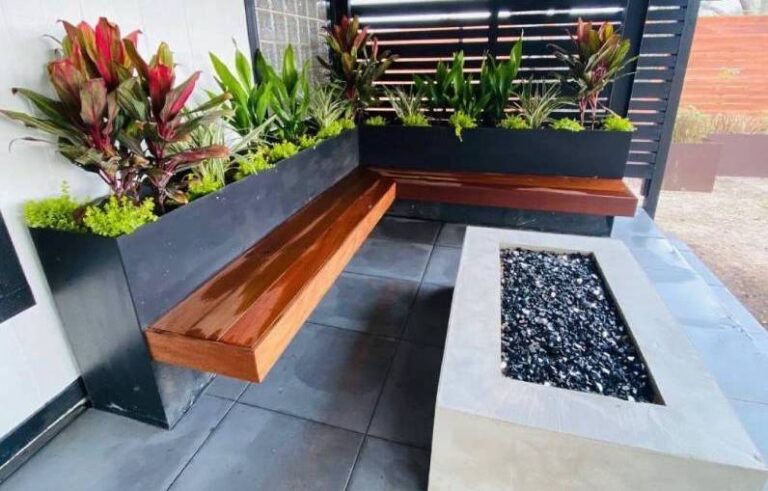Ground Contact Wood and Its Longevity
Sullivan’s Services is a full-service landscaping, lawn care, and irrigation service company. We focus on catering to your every need, doing everything possible to ensure your satisfaction. Our highly skilled team of landscape professionals has been servicing both residential and commercial customers in Austin, Round Rock, Cedar Park, and the surrounding areas for over eight years. Since our inception, we’ve grown to become a top home services company in the local community, providing the best quality services around.
As a homeowner in Round Rock, TX researching landscape architecture, you understand the importance of using durable materials in outdoor projects. When it comes to wood used in landscaping and outdoor construction, ground contact wood is a crucial consideration. Understanding the longevity of ground contact wood is essential in making informed decisions for your landscaping projects. Let’s explore this topic in detail.
How Long Does Ground Contact Wood Last?
Ground contact wood refers to lumber that is designed and treated to withstand direct contact with the ground. This type of wood is commonly used in outdoor construction projects such as decks, fences, retaining walls, and raised garden beds. The longevity of ground contact wood depends on various factors, including the type of wood, treatment, environmental conditions, and maintenance practices. Here are the key points to consider:
Treatment Methods:
– Pressure-treated wood: This is the most common type of ground contact wood. It undergoes a treatment process that involves applying preservatives under high pressure, effectively protecting it from decay and insect damage. Pressure-treated wood can last for decades, making it a popular choice for outdoor projects.
– Chemical treatments: Some ground contact wood may undergo additional chemical treatments to enhance its resistance to decay and rot. These treatments can further extend the lifespan of the wood, ensuring its durability in outdoor environments.
Wood Species:
– Different wood species have varying levels of natural resistance to decay and insect infestation. For ground contact applications, choosing wood species with natural durability can significantly impact the longevity of the structure. Cedar and redwood, for example, are known for their natural resistance to decay and can last for many years in ground contact applications.
Environmental Factors:
– Climate: The local climate in Round Rock, TX, and the surrounding areas can impact the lifespan of ground contact wood. Exposure to high humidity, frequent rainfall, and extreme temperature fluctuations can accelerate decay and deterioration.
– Soil conditions: The composition and moisture content of the soil where the wood is in contact can affect its longevity. Proper drainage and site preparation can help mitigate potential issues related to soil contact.
Maintenance:
– Regular maintenance practices, such as sealing, staining, and periodic inspections, are essential for prolonging the lifespan of ground contact wood. Proper maintenance can help prevent moisture penetration, UV damage, and fungal growth, ultimately extending the wood’s durability.
In the end
When considering the longevity of ground contact wood for your landscaping projects, it’s important to take into account the treatment methods, wood species, environmental factors, and maintenance requirements. By making informed choices and implementing proper maintenance practices, you can ensure that your outdoor structures and features made from ground contact wood will stand the test of time.
Contact Us Today
Ready to enhance your outdoor space with durable ground contact wood structures? Contact Sullivan’s Services today for expert advice, professional installation, and top-quality materials for your landscaping and outdoor construction projects.






